Introduction
In recent years, discussions about clean energy and the energy transition have become increasingly prominent. As concerns about climate change and environmental sustainability escalate, the world is looking for alternatives to traditional fossil fuels. Clean energy, sometimes referred to as renewable energy, offers a promising solution to reduce our carbon footprint and secure a sustainable future. In this blog post, we will explore what clean energy is, the significance of the energy transition, and how these concepts impact our everyday lives.
Understanding Clean Energy
Clean energy is a term used to describe energy sources that have minimal or no harmful environmental impact. Unlike conventional fossil fuels such as coal, oil, and natural gas, which release greenhouse gases and contribute to global warming, clean energy sources generate electricity without emitting harmful pollutants. The primary forms of clean energy include:
1. Solar Energy: Harnessing the power of the sun through photovoltaic cells or solar thermal systems to produce electricity and heat.
2. Wind Energy: Utilizing wind turbines to convert the kinetic energy of the wind into electricity.
3. Hydroelectric Energy: Generating electricity by harnessing the energy of flowing water in dams and rivers.
4. Geothermal Energy: Tapping into the Earth’s internal heat to generate electricity and provide heating or cooling.
5. Biomass Energy: Converting organic materials like wood, agricultural residues, and other plant matter into biofuels or directly burning them for energy.
Why Clean Energy Matters
The adoption of clean energy is crucial for several reasons:
1. Climate Change Mitigation: One of the primary drivers behind the energy transition is combating climate change. By reducing greenhouse gas emissions, clean energy helps stabilize the Earth’s climate and reduce the impacts of global warming.
2. Air Quality Improvement: Fossil fuels release pollutants such as sulfur dioxide, nitrogen oxides, and particulate matter, which can harm human health and degrade air quality. Clean energy sources produce little to no air pollutants, promoting cleaner and healthier air.
3. Energy Security: Relying heavily on fossil fuels can leave nations vulnerable to supply disruptions and price fluctuations. Clean energy sources are often more distributed and abundant, reducing dependence on imported energy.
4. Job Creation: The transition to clean energy necessitates the development of new technologies and industries. This shift can create job opportunities and stimulate economic growth.
5. Sustainable Development: Clean energy aligns with the principles of sustainable development, meeting current energy needs without compromising the ability of future generations to meet their own needs.
The Energy Transition
The energy transition refers to the global shift from predominantly fossil fuel-based energy systems to cleaner and more sustainable alternatives. It is a complex and multifaceted process involving technological advancements, policy changes, and societal cooperation. Some key aspects of the energy transition include:
1. Investment in Renewable Energy Infrastructure: Governments and private sectors worldwide are investing in renewable energy infrastructure, such as solar and wind farms, to increase the share of clean energy in the overall energy mix.
2. Energy Storage Solutions: To overcome the intermittency of certain clean energy sources like solar and wind, energy storage technologies such as batteries are being developed to store excess energy for use during periods of low generation.
3. Electrification of Transportation: Transitioning from gasoline-powered vehicles to electric vehicles (EVs) can significantly reduce carbon emissions from the transportation sector.
4. Energy Efficiency: Improving energy efficiency in industries, buildings, and appliances helps reduce overall energy consumption and demand.
5. Policy and Regulations: Governments worldwide are implementing policies and regulations to incentivize clean energy adoption and discourage the use of fossil fuels.
How Individuals Can Contribute
The energy transition is a collective effort, and individuals can play their part in shaping a cleaner and sustainable energy future:
1. Choose Clean Energy Providers: Where possible, opt for electricity providers that offer renewable energy options or consider installing solar panels on your property.
2. Embrace Energy Efficiency: Use energy-efficient appliances, LED lighting, and smart thermostats to reduce energy consumption at home.
3. Support Sustainable Transportation: Consider using public transportation, carpooling, biking, or investing in an electric vehicle.
4. Raise Awareness: Educate others about the benefits of clean energy and the importance of the energy transition in mitigating climate change.
Conclusion
Understanding clean energy and the energy transition is essential for every individual, as these concepts shape the future of our planet. Clean energy sources offer a promising alternative to fossil fuels, mitigating climate change and promoting a healthier and more sustainable world. By collectively embracing clean energy solutions and advocating for policy changes, we can contribute to a cleaner, greener future for generations to come. Let us take the first step towards a sustainable energy transition and a brighter future for our planet.
More read: Unleashing the Power of Hydrogen: The Next Big Thing in Clean Energy



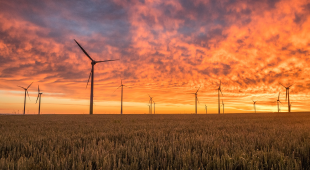
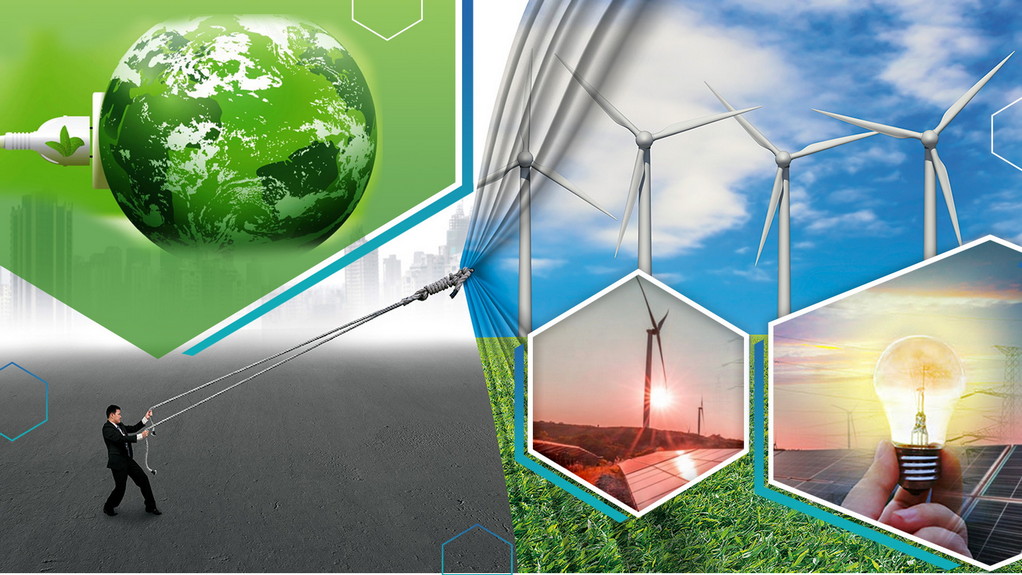


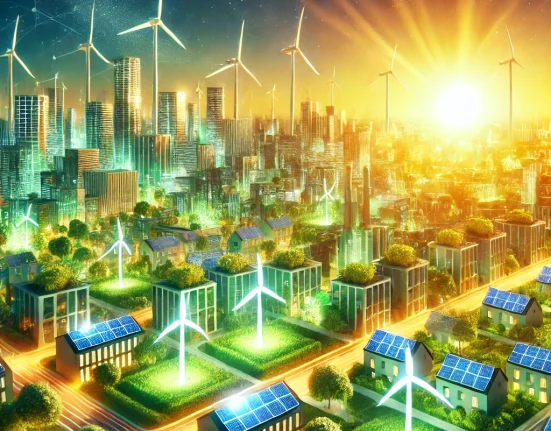

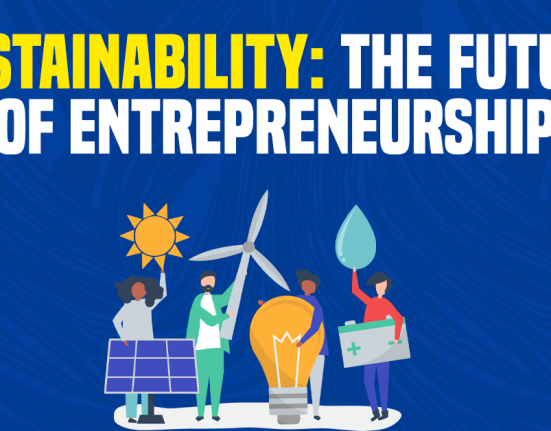
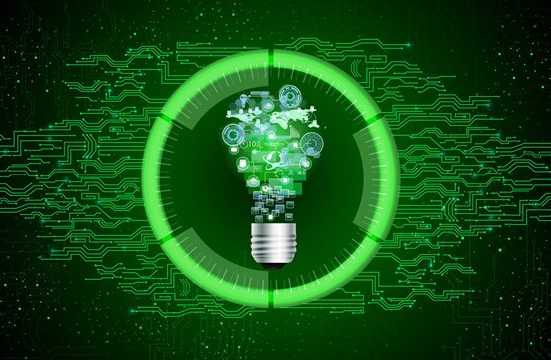
Leave feedback about this